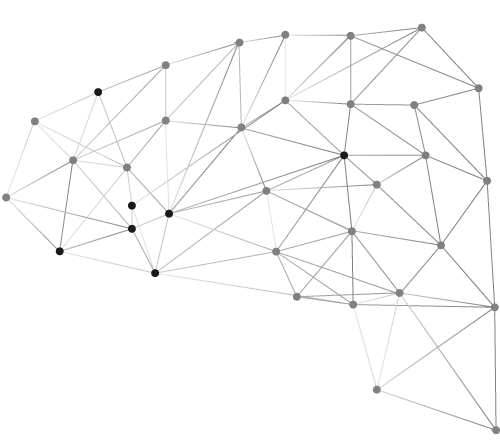Septiembre de 2018
Abstract. Using post-electoral surveys from France, Britain and the US, this paper
documents a striking long-run evolution in the structure of political cleavages. In the
1950s-1960s, the vote for left-wing (socialist-labour-democratic) parties was
associated with lower education and lower income voters. It has gradually become
associated with higher education voters, giving rise to a “multiple-elite” party system
in the 2000s-2010s: high-education elites now vote for the “left”, while highincome/
high-wealth elites still vote for the “right” (though less and less so). I argue
that this can contribute to explain rising inequality and the lack of democratic
response to it, as well as the rise of “populism”. I also discuss the origins of this
evolution (rise of globalization/migration cleavage, and/or educational expansion per
se) as well as future prospects: “multiple-elite” stabilization; complete realignment of
the party system along a “globalists” (high-education, high-income) vs “nativists” (loweducation,
low-income) cleavage; return to class-based redistributive conflict (either
from an internationalist or nativist perspective). Two main lessons emerge. First, with
multi-dimensional inequality, multiple political equilibria and bifurcations can occur.
Next, without a strong egalitarian-internationalist platform, it is difficult to unite loweducation,
low-income voters from all origins within the same party.

